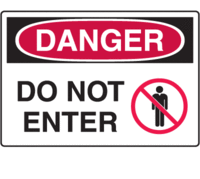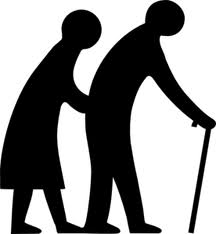Sustainability
Streets Should Be for Everyone, Community Leaders Told
Diana Baldwin On Aug 4, 2014
Source: The Oklahoman
Aug. 04--EDMOND -- Community leaders and residents of Edmond, Oklahoma City and other metro-area cities spent time last week learning the best way to plan and design safe streets that offer something for everyone -- the pedestrian, bicyclist, bus rider and motorist.
Complete street workshops were held to teach people to balance the needs of all users and to develop and implement effective policies and procedures to create road with multiply uses.
Jeffrey R. Riegner, vice president at Whitman, Requardt & Associates in Philadelphia and Craig Williams, senior associate at Alta in San Diego, Calif., conducted the workshops which were approved by the Oklahoma State Health Department.
"You make choices," Riegner said. "Streets are inadequate. They are unsafe to walk, uninviting for bus rides and inaccessible for people in a wheelchair. No room for people."
Riegner defined a complete street as a roadway for everyone, no matter who they are and no matter how they travel.
"Every community is different," Riegner said. "We are not telling you what to do. We are giving you tools."
Complete streets are not new to Edmond.
Council members passed May 24, 2010, a resolution supporting the complete streets philosophy to expand transportation choices.
That was not the first Edmond document that mentioned bicycles and pedestrian facilities. The first time was in 1996 as part of Edmond's vision plan, Tomorrow's Edmond, and again in 2007 as part of the Edmond Transportation Plan.
A second time in 2007, the Edmond Plan IV, a zoning and planning document, stated that the city intends to provide a full range of transportation facilities for pedestrian, cyclist, public transit and vehicular modes that better support travel options.
"We talked about complete streets before intermodal way of thinking," said Charles Lamb, Edmond mayor. "It is what used to be pedestrian friendly."
Edmond completed in November its first bike lane located on University Drive, near the University of Central Oklahoma campus.
University Drive was made into a two-lane road with a center turn lane and a bike lane on each side of the road. The project, including resurfacing, cost $697,054.
City staff said the cost was high because sidewalks along University Drive had to be brought up to Americans with Disabilities Act standards.
The cost can be kept on the low side, Williams said.
"It is like when you are in college," Williams said. "You don't have much money, but you do as much as you can with not much money."
One of the cheapest way to accomplish the complete street concept is to add wayfinding systems and maps.
"Pavement markings are cheap. Add crosswalk stripping and at bus stops give them travel options," Williams said. "It is possible to look at an ugly road and make it more friendly popular."
Like in Edmond, it was suggested that lanes can be reconfigured, which only required new striping that isn't entirely expensive.
G. Kay Powers, an Edmond attorney, said she wanted vehicular traffic problems to be addressed on Danforth Road between Bryant and Kelly avenues.
When asked if she was in favor of the complete streets philosophy, Powers said, only if money is available and needed projects are prioritized.
Complete streets should be designed for people from the ages of 8 to 80, Riegner said.
"The younger generation prefers a multimodal travel," Riegner said. "This does not tell you not to drive.
"What works elsewhere doesn't necessarily work in Edmond."
An AARP survey shows that 66 percent of Americans want more transportation options so they have the freedom to chose how to get where they need. A total of 47 percent said it is unsafe to cross a major street near their home.
"Transportation is the second largest expense for families," Riegner said. "For the middle income, it is 19 percent of their budget. For low income, it is over 55 percent of their budget."
Safety is one of the many benefits seen by the creation of complete streets, Williams said.
In Orlando, Fla., crashes were down 34 percent. Injury accidents were down even more, 63 percent.
"Common sense tells you if you build sidewalks, people will walk on them and if you build bike lanes they will bike on them," Riegner said.
Copyright 2014 - The Oklahoman, Oklahoma City
"Riegner defined a complete street as a roadway for everyone, no matter who they are and no matter how they travel."
"The younger generation prefers a multimodal travel"
An AARP survey shows that 66 percent of Americans want more transportation options so they have the freedom to chose how to get where they need.
A total of 47 percent said it is unsafe to cross a major street near their home.
"Transportation is the second largest expense for families," Riegner said. "For the middle income, it is 19 percent of their budget. For low income, it is over 55 percent of their budget."


